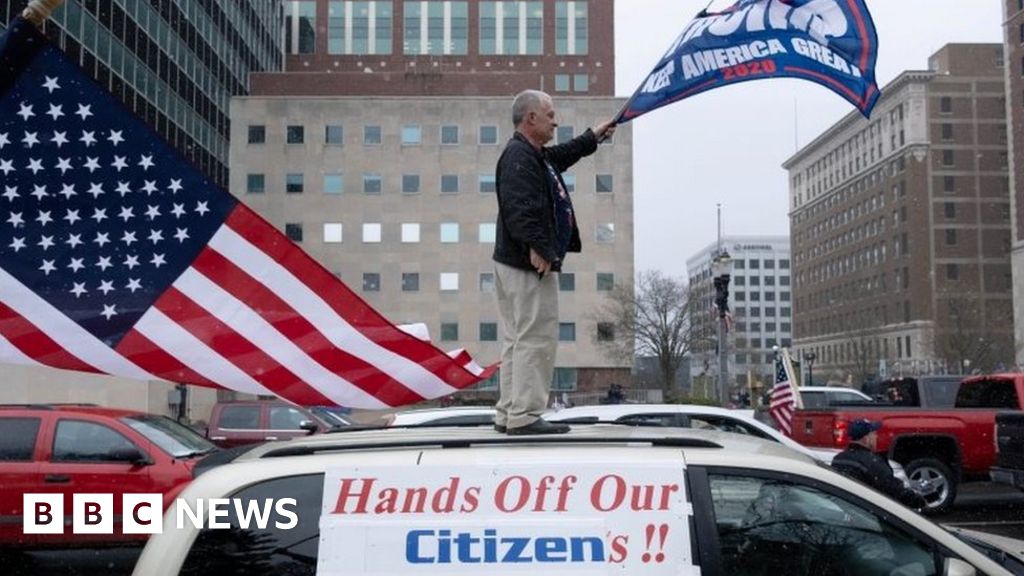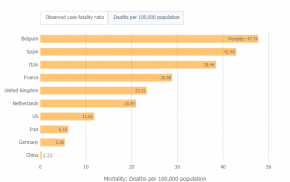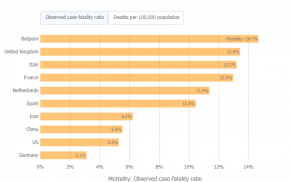Incidentally, with regard to Indonesia, as we deploy more PCR testing, expect the number of confirmed cases to go into high five digits, possibly breaking a hundred thousand eventually in a few months. Our response is late, and our testing capability is limited, but we are trying to catch up. But this does mean that the upward trend in confirmed cases for the near future will reflect the increased capability of identifying previously undetected cases.I recommend taking both the number of (confirmed) cases, as well as the growth in cases, with a large grain of salt. In some areas, the availability of testing has (FINALLY!) started to open up, so that more people have been able to get tested. However, there still remain areas (including whole states) where testing for COVID-19 remains confined to symptomatic patients being admitted to hospitals OR symptomatic patients who had contact with known positives OR symptomatic patients who had overseas travel within two weeks of onset OR healthcare workers/first responders who are symptomatic.
Reagent availability is worrying though, as global supply becomes increasingly difficult to secure due to high demand. Right now the official government target is ten thousand PCR tests/day but my amateur estimate suggests that we need a much higher number of tests/day if we want to bring the pandemic under control quickly. Serology test is used to help identify people who needs to be tested, but is no longer considered sufficient by itself. So PCR testing availability will be a bottleneck. Not sure how to solve that since my understanding is that both reagent and thermocycler have a long wait list now.



